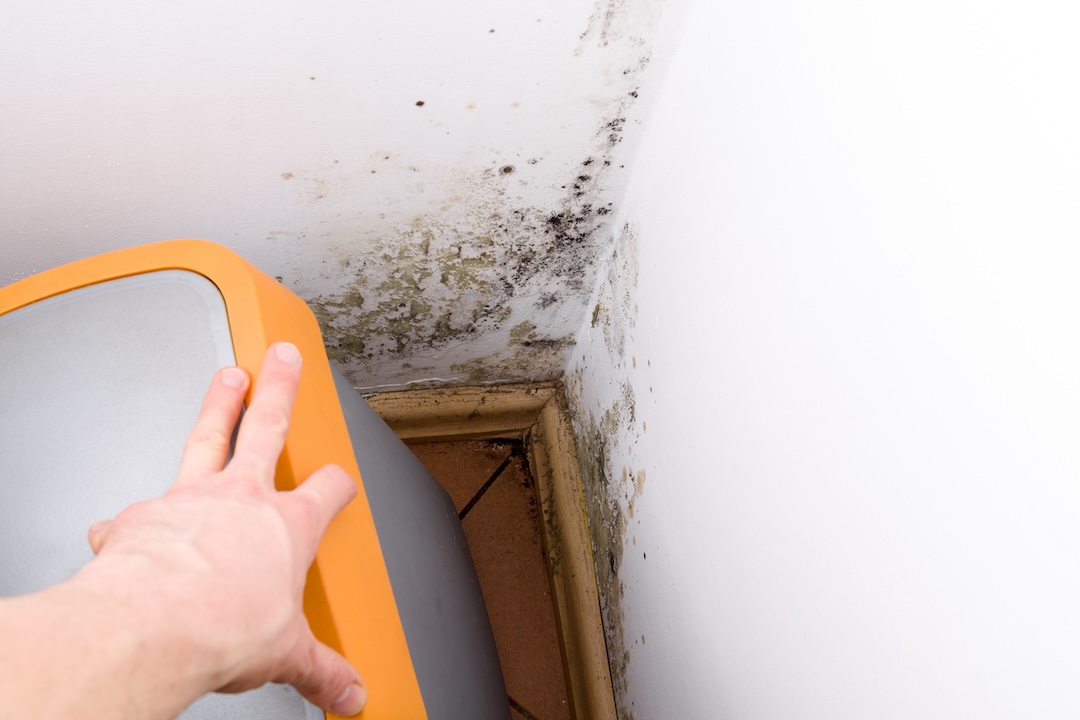When it comes to mold in your home, understanding the difference between black mold and black toxic mold is crucial. While they might look similar, their effects and prevention methods vary. Let’s dive into what sets them apart and how to keep your home mold-free.
The Color and Toxicity of Mold
The color of mold and its toxicity are two different aspects. Just because mold is black doesn’t mean it’s toxic. Mold can come in various colors, depending on the materials it feeds on.
Regardless of its color or toxicity, mold prevention is key to a safer home.
What is Black Mold?
Black mold simply refers to mold that is black in color. While often assumed to be toxic, this isn’t always true. For example, Nigrospora is a black-colored mold with no known toxicity. The most common black mold, Cladosporium, isn’t toxic either but can cause allergic reactions.
Other non-toxic black molds include Alternaria, Aureobasidium, Dresclera, Pithomyces, Stemphylium, and Ulocladium. While they don’t produce dangerous mycotoxins, some, like Alternaria, can cause severe allergies.
What is Black Toxic Mold?
Black toxic mold, known as Stachybotrys chartarum, is dark black or sometimes dark green. It’s highly toxic and often found in basements or bathrooms where an actual water loss could occur, releasing harmful mycotoxins into the air. For this mold to grow, materials need to stay wet for at least 72 hours with consistent moisture.
Causes of Mold Growth
Mold that releases mycotoxins is always toxic. Common causes of mold growth in attics include poor ventilation, such as bathroom exhaust fans venting into the attic instead of outside. This setup creates moist, humid air, perfect for mold growth.
Flooding, leaks, and stagnant water are also culprits. Mold thrives on high-cellulose, low-nitrogen materials, so ensure proper attic ventilation to avoid these conditions.
Effects of Black Toxic Mold
Exposure to black toxic mold can lead to serious health problems. Symptoms range from respiratory issues like coughing and sneezing to severe conditions such as bleeding in the lungs. Long-term exposure can affect mental health, causing neurotoxic effects like tremors and personality changes.
Mycotoxins from black toxic mold can enter the bloodstream, potentially causing heart damage, blood clotting issues, and vision problems. It can also result in muscle soreness and general fatigue.
Mold Prevention Tips
Preventing mold is the best way to protect your home and health. Here are some tips:
- Remove Mold Immediately: If you spot mold, remove it using proper precautions, like wearing a mask and covering exposed skin. If the problem is extensive or you have health concerns, contact a professional.
- Fix Leaks: Ensure all leaks are repaired promptly and contaminated materials are disposed of properly.
- Control Humidity: Monitor and maintain indoor humidity levels between 30-50%. Use dehumidifiers, especially in basements or crawl spaces, and ensure your air-conditioning unit is functioning correctly.
- Improve Ventilation: Use exhaust fans in bathrooms and kitchens, and keep attic vents clear to reduce moisture buildup.
- Regular Inspections: Frequently check for stagnant water, especially in crawl spaces, and cover the floor to prevent moisture accumulation.
Understanding the dangers of mold and following these prevention steps can help you maintain a healthy home. Identifying and addressing moisture sources is crucial in eliminating mold. While some issues can be tackled DIY-style, don’t hesitate to call a professional if needed.








